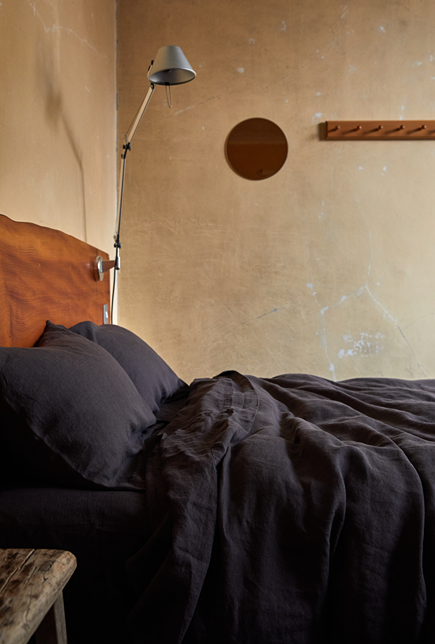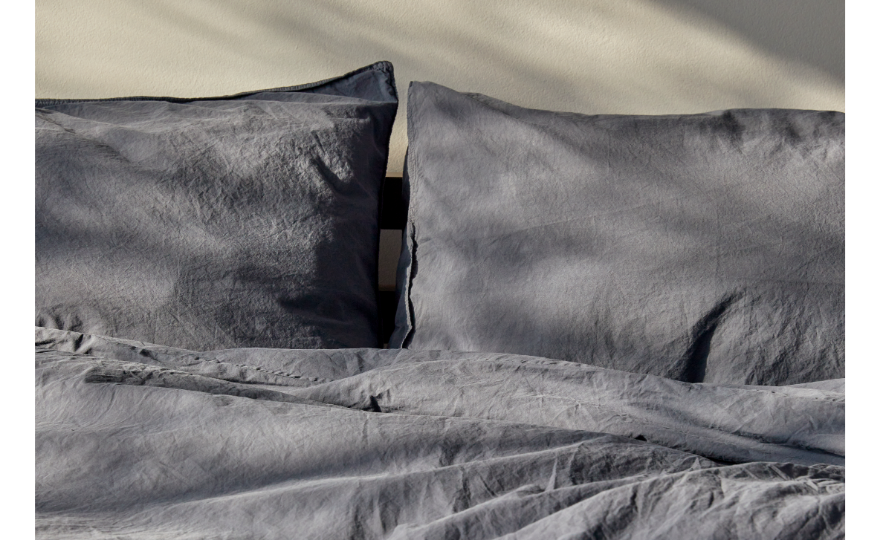365-DAY GUARANTEE | FREE SHIPPING | FREE RETURNS
365-DAY GUARANTEE | FREE SHIPPING | FREE RETURNS
365-DAY GUARANTEE | FREE SHIPPING | FREE RETURNS
Your Cart is Empty
Purchasing a quality set of bed sheets is a smart investment not just in your home, but also in your quality of life. Choosing a set of sheets with good longevity helps you to get the most from your money and your time. However, every bed sheets lifespan is limited to some degree. On average, high quality sheets should last around two years or 100 washes, but this really depends on several different considerations. That’s why it’s so important to know when it’s time to replace them. In our guide, we’ll discuss the different factors that can affect the lifespan of your sheets, signs it’s time to replace your sheets, how to extend your bed sheets lifespan and more.
Several factors contribute to the lifespan of bed sheets and how long they can be kept and used in your home. Here are some of the most important factors that may impact the longevity of your favorite set of sheets.




There are a few common indicators that suggest your sheets should be replaced, such as:

Each type of sheet material has a different average lifespan. Here are some of the most common types of materials used for sheets, and how you can extend their life span to help ensure longevity.
Fortunately, there are things you can do to prolong the life of your sheets, including:

Taking proper care of your sheets won’t just save you money, but it will also have a positive impact on the environment. Making sustainable choices helps to reduce trash in local landfills, and choosing organic, natural bedding is an eco-friendly way to enjoy high quality materials with a low carbon footprint. The higher the quality of your bedding, the longer it should last, too. Investing in eco-friendly sheets and other bedding made of natural fabric like organic cotton and linen will ensure you enjoy a much more luxurious feel, better-quality sleep, and a smart long-term investment.
Keep the tips from our guide in mind to help you determine how many years you should hold onto your bed sheets. With the right care like proper washing and drying techniques and choosing quality materials, you’ll be able to enjoy your sheets for years to come. Assess the condition of your sheets to help you make an informed decision about when it’s time for a replacement. Explore our bedding collections to discover ultra soft, quality options made of safe, eco-friendly materials that will enhance your life and save you money.
